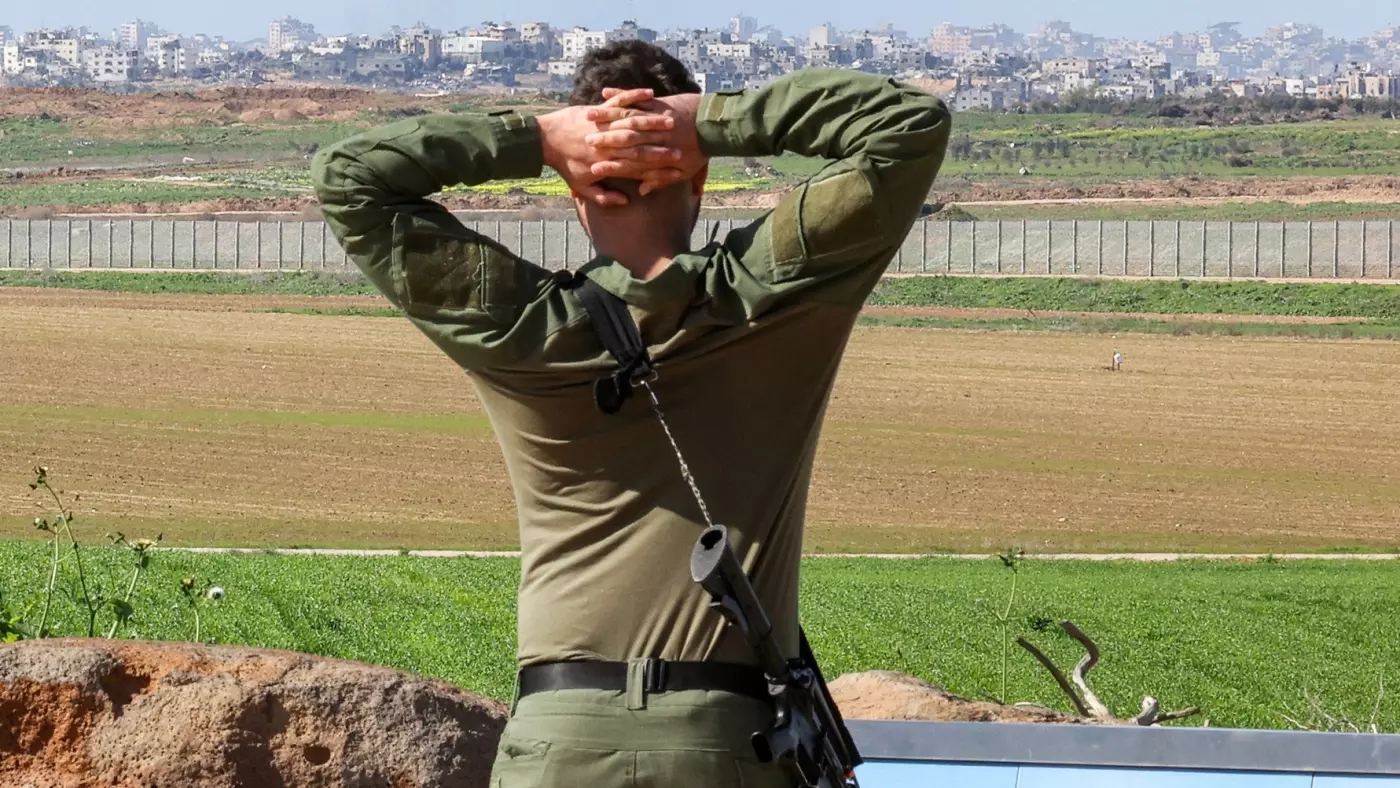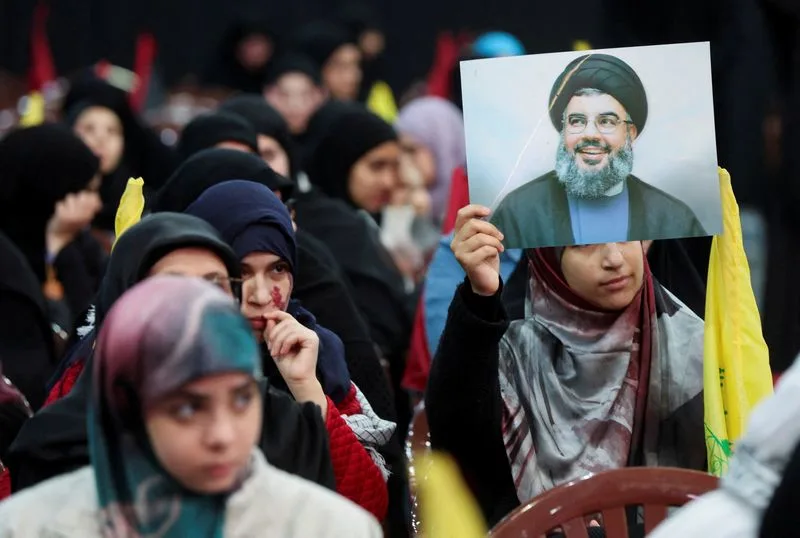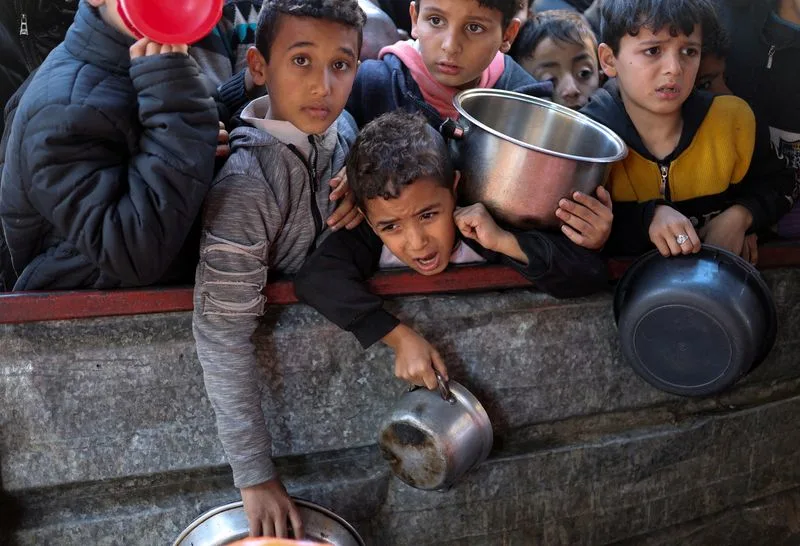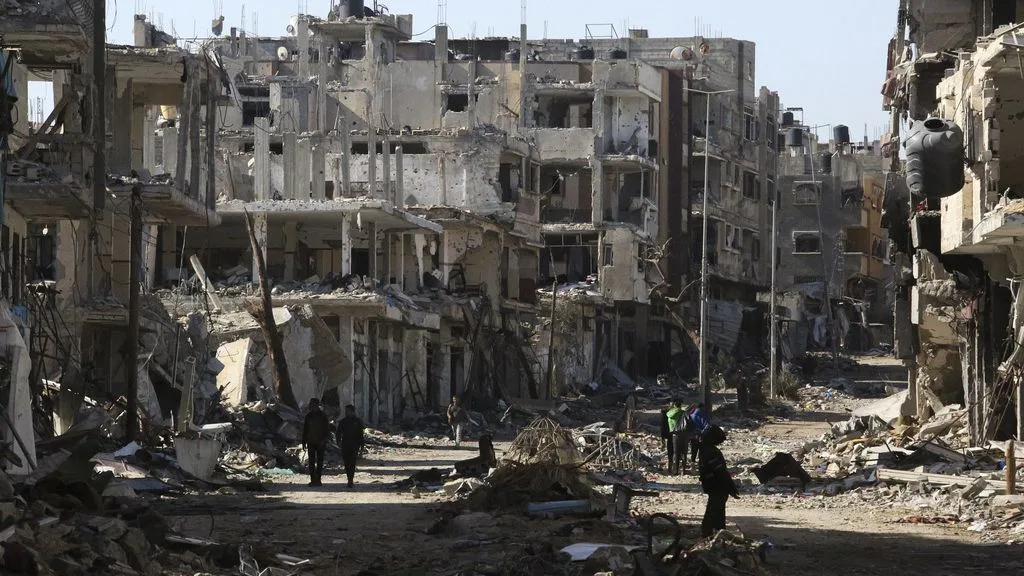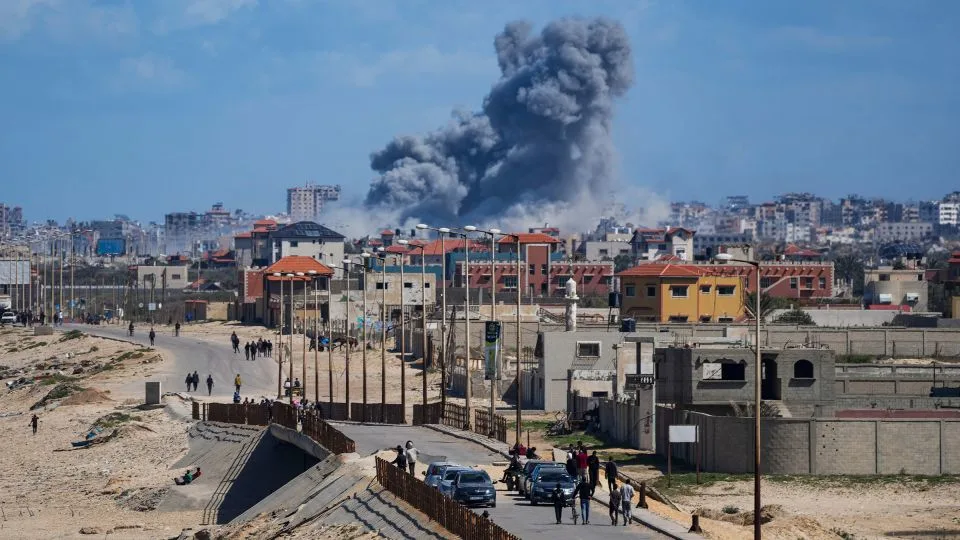Israeli official estimates 20%-40% of network damaged or put out of order during war; military reports ‘high-intensity fighting’ in Khan Younis, skirmishes elsewhere in Strip.
After 114 days of fighting, as much as 80 percent of Hamas’s tunnel system beneath the Gaza Strip could still remain intact, The Wall Street Journal reported Sunday.
The report came as the Israel Defense Forces engaged in “high-intensity fighting” in southern Gaza’s Khan Younis, with the 98th Division battling Hamas operatives in the area.
Amid the fighting in Gaza, US-led diplomatic efforts were taking place to develop a two-part plan for the release of over 130 hostages still held in the Strip who were kidnapped from Israel, in exchange for a pause in fighting of up to two months.
The Journal report cited Israeli and US officials and noted that it is difficult to assess how much of the subterranean labyrinth has been destroyed by Israeli troops so far, but estimated that 20% to 40% of it has been damaged or rendered unusable.
Since launching a ground offensive in the wake of the October 7 massacre, in which Hamas-led terrorists killed some 1,200 people and took 253 hostages, Israeli forces have worked to destroy the tunnels, uncovering more and more of the Gaza-ruling terror organization’s underground network.
Some of the tunnels have been bombed, while others have been flooded. However, progress is slow as underground passages must be mapped and checked for booby traps and hostages before Israeli forces can destroy them.
A senior Israeli military official told the Journal that the IDF was focused on eliminating “nodes” within the tunnels where Hamas operatives are hiding, instead of demolishing entire networks.
“It’s a very hard mission. It’s done slowly, very carefully. It’s urban warfare unseen globally,” the official said.
Hamas leader Yahya Sinwar and other terror commanders are believed to be hiding underground. The report cited Israeli officials who said that the Gaza terror chief is believed to be in a command center in a tunnel under Khan Younis, along with some of the hostages.
Earlier this month it was reported that senior Israeli defense officials now assess that Hamas’s Gaza tunnel network is between 350 and 450 miles long, far longer than previously believed.
The estimate reported by The New York Times is markedly higher than an Israel Defense Forces assessment last month that there are some 250 miles of Hamas tunnels under the Gaza Strip, and an astounding figure given the enclave is only some 140 square miles in total size.
In the largest operation in a month, Israeli forces over the past few days encircled and pushed through Khan Younis, where many Palestinians had sheltered after leaving northern Gaza, the early focus of the war.
In recent operations in Khan Younis, the Egoz commando unit spotted and eliminated a Hamas cell armed with RPGs and found weapons nearby; the Paratroopers Brigade killed several gunmen and located weapons; and the 7th Armored Brigade directed airstrikes on two Hamas operatives in the city, the IDF said.
In northern Gaza, the IDF said reservists of the 5th Brigade located a tunnel network and destroyed it. The troops also killed several gunmen and located weapons in the area, it added.
In central Gaza, the IDF said the Nahal Brigade directed a drone to strike a Hamas operative who was spotted nearby. The brigade killed several more gunmen in battles over the past day, the IDF added.
Israeli soldiers operating in the Gaza Strip in an undated photo released by the military on January 28, 2024 (Israel Defense Forces)
Palestinians, meanwhile, have been fleeing further south from Khan Younis toward Rafah, close to the Egyptian border, where the United Nations says most of Gaza’s estimated 1.7 million displaced people have gathered.
Many of them live in the street in “conditions of desperation conducive to a complete breakdown in order,” said Ajith Sunghay of the UN Human Rights Office.
AFP images showed people wading through ankle-deep water around plastic shelters in Rafah, where bombardment still threatens.
The Doctors Without Borders (MSF) aid group has said surgical capacity at the Nasser Hospital in Khan Younis was “virtually nonexistent.”
The World Health Organization and MSF have issued urgent warnings about Nasser Hospital, saying the remaining staff could barely function with supplies running out and intense fighting nearby.
WHO footage showed people in the crowded facility being treated on blood-smeared floors as frantic loved ones shouted and jostled. Cats scavenged on a mound of medical waste.
The Palestinian Red Crescent Society said the Al-Amal hospital was also “under siege with heavy gunfire.”
The Israeli military accuses Hamas of operating from tunnels under Gaza hospitals and of using the medical facilities as command centers. It has issued footage from Hamas tunnels discovered underneath several hospitals.
Vowing to destroy the terror group, Israel launched a wide-scale military campaign after the October 7 massacre, which the Hamas-run health ministry in Gaza says has killed over 26,000 people and wounded some 64,000 people. The figures are unverified and are believed to include close to 10,000 Hamas operatives Israel said it has killed during fighting in the Strip, as well as civilians killed by misfired Palestinian rockets.
Prime Minister Benjamin Netanyahu, who is facing growing domestic pressure over his handling of the conflict, doubled down on his vow to remove Hamas from Gaza.
“If we don’t eliminate Hamas terrorists… the next massacre is only a matter of time,” he said in a televised statement on Saturday.

